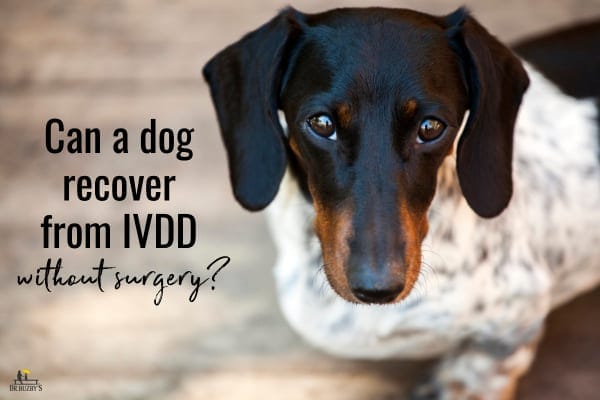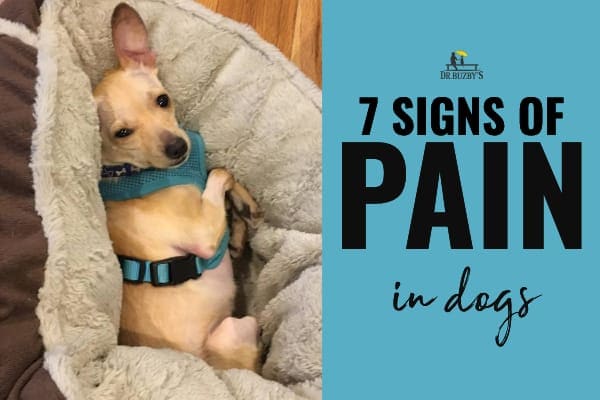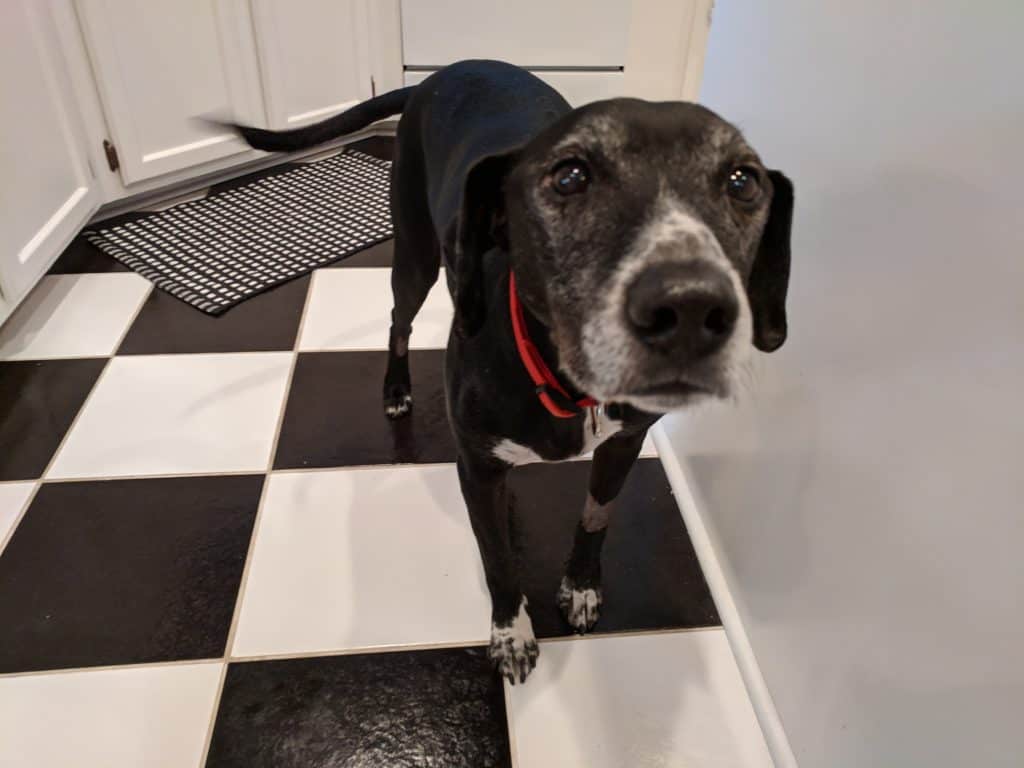In part II of this series on IVDD in dogs, a miniature Dachshund named Tango receives conservative medical management to treat intervertebral disc disease. Integrative veterinarian Dr. Julie Buzby recounts Tango’s non-surgical treatment plan and shares why surgery for IVDD correlates to the severity of IVDD symptoms. For Part 1 in this series, please read, “IVDD in Dogs: Why it Happens.” The answer may surprise you.
Common Dog Health Problems
IVDD in Dogs: Why it Happens
If you have ever owned or loved a Dachshund, you are probably familiar with the most common spinal disease in dogs—intervertebral disc disease, commonly referred to as IVDD.
But I don’t like to talk about “diseases,” I like to talk about dogs, so our story begins with a MUCH loved four-year-old miniature Dachshund named Tango.
7 Signs Your Dog Is in Pain [video and examples]
Can dogs eat chocolate? Dr. Buzby Shares Banjo’s True Story and What To Do If Your Dog Eats Chocolate
Milk chocolate. Baker’s chocolate. Semi-sweet chocolate. For our canine companions, there is nothing sweet about chocolate or chocolate poisoning. However, while dog owners may understand that chocolate and dogs don’t mix, our lovable dogs do not.
That’s how I found myself on the other end of the stethoscope, so to speak, as my sister’s dog was at the ER being treated for chocolate poisoning. By sharing this true story of Banjo and the bag of semi-sweet chocolate chips, I hope to arm you with tips and resources you need in the case of chocolate poisoning.
Pain in Dogs: An Expert Interview with Dr. Harvey About the Stress, Fear, and Anxiety of a Painful Dog
Pain in dogs includes both physical discomfort and the emotional stress associated with pain. Veterinarians Dr. Buzby and Dr. Ralph Harvey share important insights into managing pain in dogs and the continuum of fear, anxiety, stress, and pain that we must address to be truly successful in helping painful dogs.






